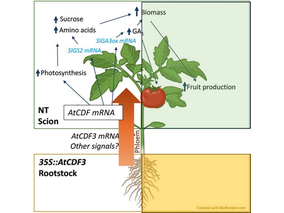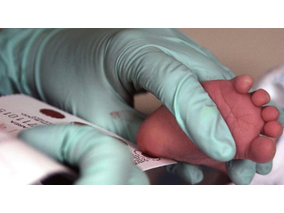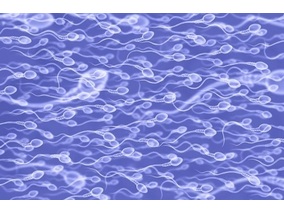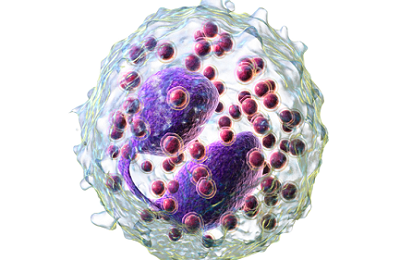Celiac disease (CD) is a chronic inflammatory condition of the intestine that is triggered by the consumption of gluten or associated proteins found in wheat, barley and rye. It is one of the most common conditions affecting the Caucasian population, with a prevalence of between 1/100 and 1/500 in Europe and North America.
Typically, the onset of symptoms occurs between 4 and 24 months of age, after the introduction of cereals in the diet, and is characterized by growth retardation, diarrhea and abdominal distension.
However, CD can also occur in adults with symptoms such as iron deficiency anemia, fatigue, weight loss and diarrhea. In addition, extraintestinal symptoms as osteoporosis, infertility and neurological or psychiatric syndromes may occur.
CD is genetically predetermined. Its hereditary nature is manifested by an increase in prevalence amongst family members (10-15%) and a concordance of 80% between homozygous twins. A series of genes located in the Major Histocompatibility Complex (MCH) gene region have been shown to contribute to this genetic predisposition.
In fact, it is estimated that this complex contributes 40% to the genetic susceptibility to CD, and that the isolated contribution of other possible genes is minimal.
Early detection of this disease can warn and prevent further gravity in celiac disease.
Reference methods for the celiac disease diagnostic are:
1) Serological tests for the detection of circulating antibodies
2) Intestinal biopsies
3) Genetic diagnosis: analysis of the HLA alleles associated to CD
OPERON offers both immunochromatographic tests (CD1, CD1 WB, CD2, CD2WB) and molecular tests (CeliacStrip), which represents one of the most complete solution in the market for the diagnostic of the CD.

AtCDF3 gene induced greater production of sugars a...

Un estudio con datos de los últimos 35 años, ind...

Un equipo de investigadores de la Universidad Juli...

En nuestro post hablamos sobre este interesante tipo de célula del...

Palobiofarma S.L. is pleased to announce the “last patient last visi...
Biotechnology portal in Spain
Subscribe to our newsletter and stay up to date with the latest news and deals!
2013 © Biotech-Spain.com - Site Developments SL. All Rights Reserved. Terms of Service | Privacy Policy
Articles
Directory
